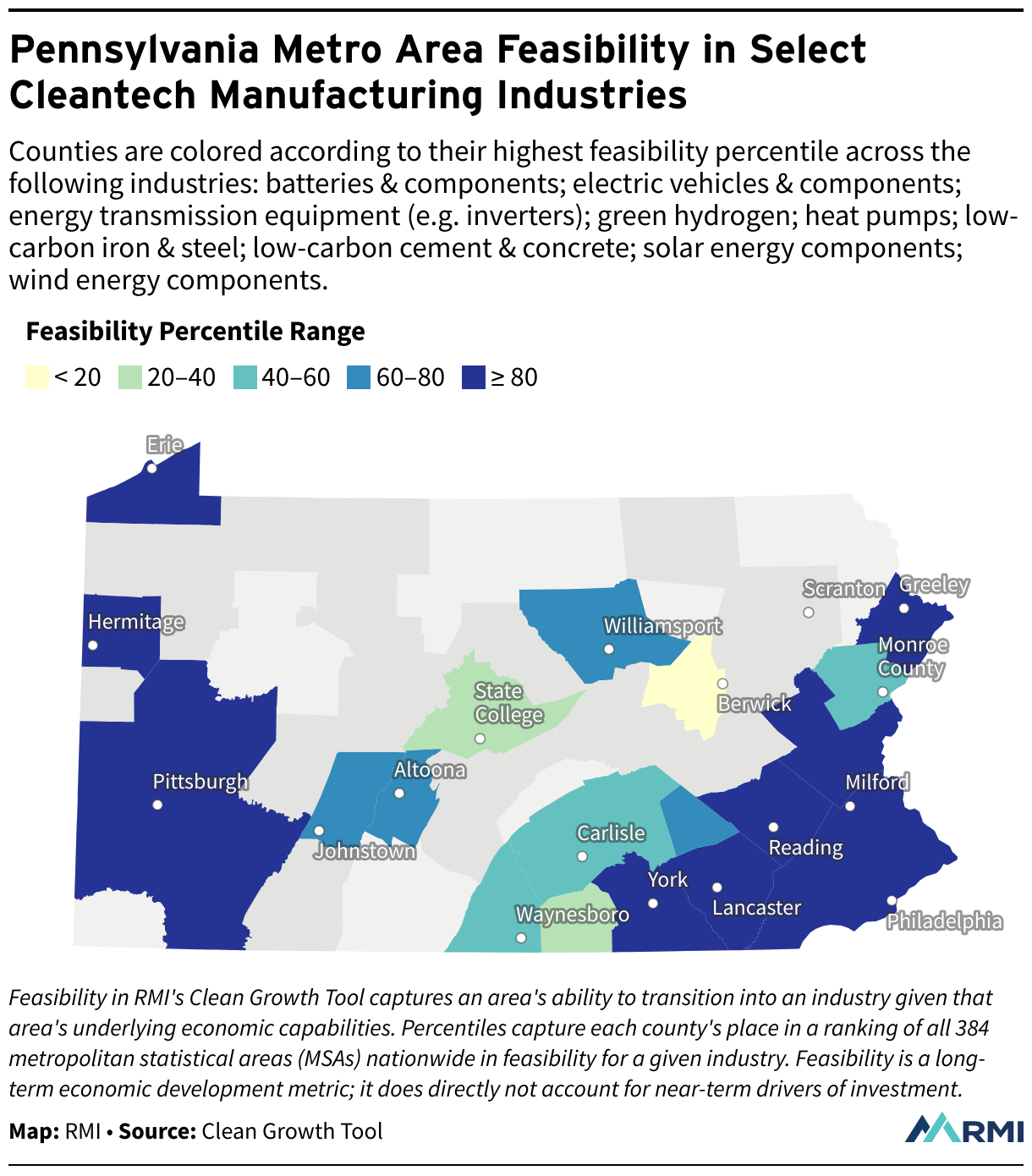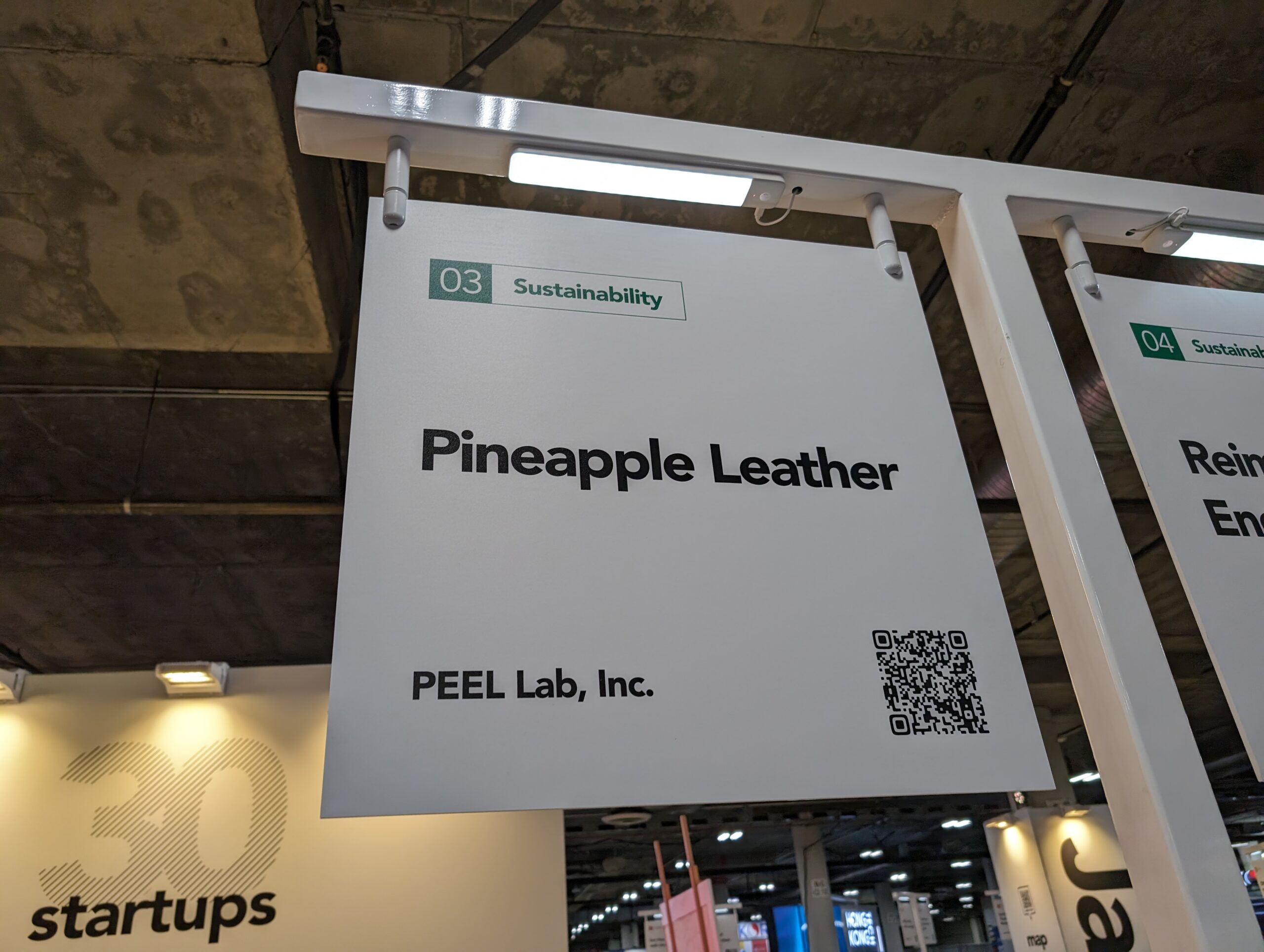Sign up for daily news updates from CleanTechnica on email. Or follow us on Google News!
Jobs supporting the energy transition are in demand, and programs supported by cities, states — and now a bipartisan coalition of governors — are helping train the future workforce.
Before Marcus started as a carpentry fellow with Habitat for Humanity, he didn’t know what he was going to do with his life. “I was a troubled youth,” he says. But now, “I’m building a career … with a bright future ahead of me in years to come.”
He can thank Philadelphia’s Energy Coordinating Agency (ECA) — and the Inflation Reduction Act (IRA) — for many of his opportunities. The ECA hosts a workforce development program, training 250 workers each year in the clean energy economy who weatherize and upgrade homes so Philly residents can conserve energy, lower bills, stay warm in winter, and prevent utility terminations.
But it’s not just the weatherization recipients who benefit from the ECA. The Knight Green Careers Training Center focuses on training 18–25-year-olds “critically at risk from incarceration and gun violence” to give them meaningful careers and financial stability.
With students taking part in free, grant-funded programs and receiving industry credentials that can land them career-pathway jobs, the power of this program is evident.
According to Jackie Robinson, lead instructor at ECA, “We try to create jobs here that make a great living. You get a good skillset that can change your life and give you … generational wealth.”
The IRA jobs boom
While the ECA has existed long before the IRA — the largest investment in clean energy in US history — was passed in August 2022, the IRA has been a boon to the ECA with additional funding to train more workers and keep the programs free.
“[The IRA sent] some money down that we could use to train more students. That’s the end result … And the money’s being well used. We’re training people for the jobs of the future,” says Robinson
And with over 330,000 jobs — and counting — created nationally from the IRA, the jobs of the future are here. Clean energy jobs can result in an 8–19 percent income increase, and three quarters of IRA-created jobs won’t require a four-year degree. According to a US Department of Energy jobs report, clean energy jobs grew at twice the rate of overall US employment and accounted for more than half of all new energy jobs in 2023. In addition, unionization rates for clean energy are at 12.4 percent, slightly higher than the energy sector’s 11 percent average.
And the number of clean energy jobs can grow even more, thanks to private investment spurred by the IRA. Announcements of multi-billion-dollar investments are revitalizing towns from Georgia to Michigan, with jaw-dropping jobs numbers. RMI and the Brookings Institution’s Clean Growth Tool, which shows the clean energy industries most feasible for each metro area in the country, can help cities pursue the right kinds of investment. The Philadelphia-Camden-Wilmington metro area, for example, scores in the 90th percentile or above in feasibility for several clean energy manufacturing industries, including batteries, electric vehicles, heat pumps, and more, with other areas in Pennsylvania also ranking highly, showing that the state is primed for even more jobs.

Filling those jobs with workforce development and Registered Apprenticeships
If it’s clear that there will be plenty of clean energy jobs for years to come, then the real question becomes, are there enough workers to fill those jobs?
This is where workforce development, training, and apprenticeship programs come in.
And that’s why the US Climate Alliance — a bipartisan coalition of twenty-four governors dedicated to collective climate action — just announced the Governors’ Climate-Ready Workforce Initiative, a commitment to support one million new workers in completing Registered Apprenticeship programs by 2035. This program aims to catalyze a diverse workforce and expand career pathways to fill the increasing number of climate and clean energy jobs.

Because workforce systems are usually state-run, governors can play a big role here, and the collaborative power of the coalition can multiply what any single state could do on its own. With a particular focus on three sectors — clean energy, fuels, and technologies; clean buildings and industry; and resilient communities and lands — the initiative will support member states and territories as they expand training pathways in the most in-demand fields and build secure and sustainable careers. Registered Apprenticeship programs are an especially valuable career pathway, helping workers “earn while they learn” so they can start making money immediately. And by supporting approaches that help workers enter, transition into, and advance in climate-ready careers, including through wraparound supports like childcare and transportation, the initiative aims to reduce barriers to workforce training.
And this initiative won’t just benefit the workers. Thanks to provisions in the Inflation Reduction Act, project developers stand to receive tax benefits from hiring Registered Apprentices and paying workers a prevailing wage — enabling them to receive a 30 percent base tax credit for certain clean energy projects. This makes the initiative a win for employers, who can maximize the IRA’s clean energy incentives while ensuring a more readily available supply of apprentices and skilled workers for their projects.
A cohesive strategy to benefit all
This initiative marks a coordinated effort not just between states, but also within states, to align climate and clean energy goals with workforce development strategies. Already, New Mexico Governor Michelle Lujan Grisham has signed an executive order creating a framework for a strategic and unified approach to climate-ready workforce training across 11 agencies and offices in her state. This type of effort can ensure that workforce strategies are focused on the sectors most in need and the industries most likely to grow in a particular area. (Again, the Clean Growth Tool can help cities and states find which industries are most feasible for their region, and where workforce gaps exist that they can focus on filling.)
Pulling these pieces into one cohesive strategy can maximize the benefits for all: workers —especially those from disadvantaged backgrounds or energy communities — can get training and certifications in long-term, stable, good-paying careers; policymakers and economic development organizations can attract investment and jobs and retain workers; project developers can increase the federal incentives they receive; and it allows clean energy to be deployed at a faster rate, the spillover benefits of which are numerous and long-lasting.
Fortunately, more initiatives focused on workforce development are emerging. Maryland recently announced a $9.2 million higher education renewable energy workforce development program. An expanded program at North Carolina State University, supported by $2.25 million in federal funding, focuses on enhancing a diverse renewable energy workforce. And the White House has selected four cities to be “Workforce Hubs,” which seek to increase access to the jobs created by the IRA and other federal policies. This includes Philadelphia, which aims to scale existing training programs, increase apprenticeship enrollment, and prioritize hiring workers from disadvantaged communities. If Philly coordinates its workforce strategy with pursuing investment in its most feasible industries, it could see not only more jobs, but the right kinds of jobs for the area, with more skilled workers to fill them.
And workers could see more transformative jobs training programs like the Energy Coordinating Agency. According to graduate Marcus, “As soon as you get your foot in the door, there’s nothing but more opportunities.”
With the bipartisan Governors’ Climate-Ready Workforce Initiative, Workforce Hubs, and other programs, there are sure to be plenty of opportunities in clean energy jobs that can build sustainable careers and change people’s lives.
By Hannah Perkins © 2024 RMI. Published with permission. Courtesy of RMI.

Have a tip for CleanTechnica? Want to advertise? Want to suggest a guest for our CleanTech Talk podcast? Contact us here.
Latest CleanTechnica.TV Videos
CleanTechnica uses affiliate links. See our policy here.
CleanTechnica’s Comment Policy





